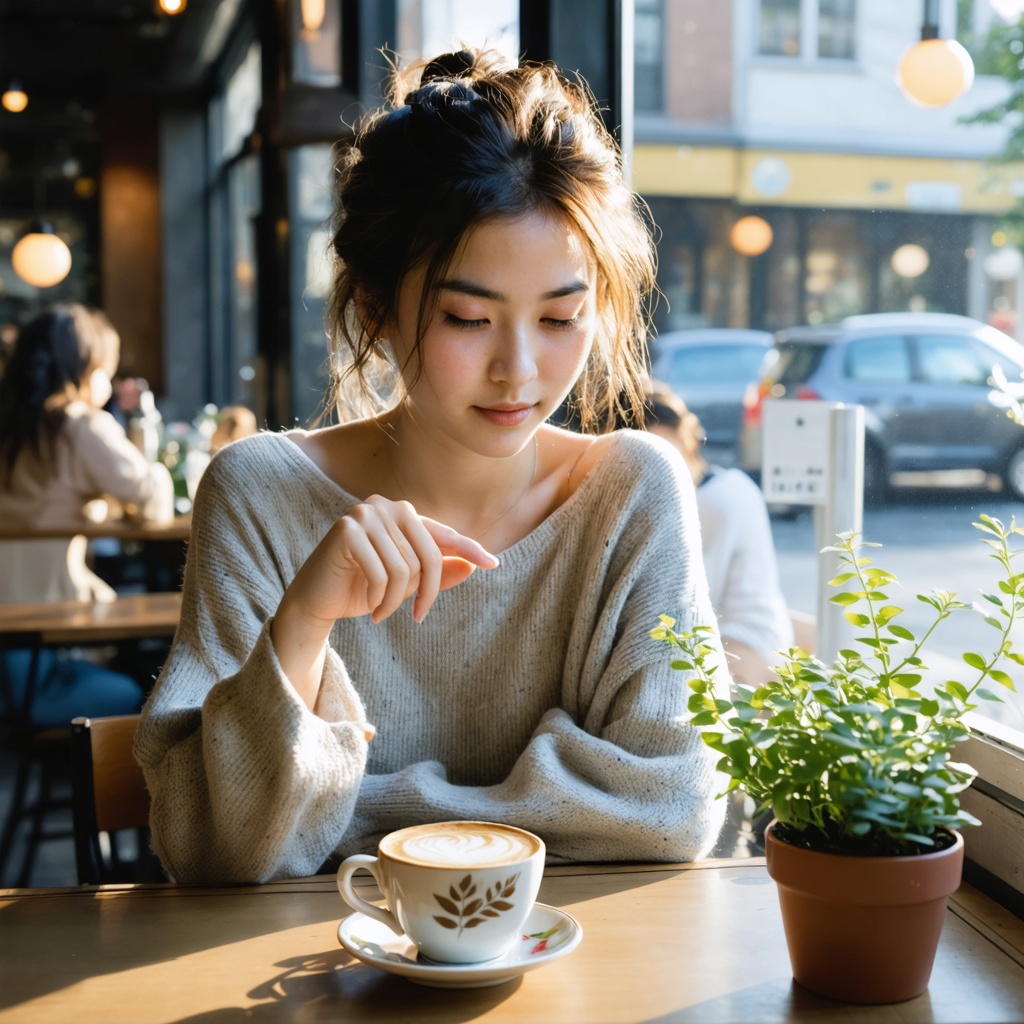Forbidden At Home But Flourishing Elsewhere
Walk into a pharmacy in Tokyo, Madrid, or Bangkok, and the shelves tell a different story. Outside of the heavily regulated US market, it’s often easier to obtain certain powders, capsules, and tinctures. Many of these are forbidden back home in the United States, whether for safety or politics. Sometimes the reasons feel more like bureaucracy than science, yet abroad they sit—simply another option for someone looking to boost energy, heal faster, or edge closer to wellness. Here are twenty supplements the US government calls a hazard that you can still buy abroad.
 CRYSTALWEED cannabis on Unsplash
CRYSTALWEED cannabis on Unsplash
1. Ephedra
This supplement once powered countless diet pills and energy boosters. Ephedra gave you that wired, unstoppable feeling, but then came reports of heart attacks, strokes, and even deaths tied to misuse. The FDA slammed the brakes in 2004 and removed it from the shelves. Go to parts of Asia, though, and you’ll still find the natural form in Ma Huang tea.
 Krzysztof Ziarnek, Kenraiz on Wikimedia
Krzysztof Ziarnek, Kenraiz on Wikimedia
2. DMAA (1,3-Dimethylamylamine)
Pre-workout powders once relied on this little chemical kick. It hit fast, sharpening your focus and making workouts feel easier. Then came the bans, citing high blood pressure and cardiac risks. Funny thing is, it still pops up in herbal mixes in places like South Africa and Europe.
3. Yohimbe Bark Extract
The bark of this West African tree has long been used as an aphrodisiac. In the US, supplements with concentrated yohimbine hydrochloride face restrictions due to the risk of seizures, rapid heartbeat, and panic attacks. But in Nigeria, it endures as a folk medicine, often brewed in teas or chewed raw.
4. Kava
This South Pacific root is known for calming nerves and gently sedating the body. On a Fijian beach, you might sit cross-legged with a handful of others, sipping this murky liquid from a carved bowl. In the US, kava’s been sporadically pulled from shelves due to the risk of liver damage.
5. DHEA (Dehydroepiandrosterone)
Although technically legal (with restrictions) in the US, this supplement resides in a gray area as far as access goes. DHEA is a hormone precursor and is linked to muscle growth, libido, and anti-aging. Walk into a French pharmacy, and you might see it advertised in glossy brochures, promising vitality.
6. Phenibut
Invented in Soviet Russia, this supplement was designed to calm anxiety without clouding the mind. Students in Eastern Europe often take it during exams; however, in the US, it’s classified as a controlled substance due to the risk of addiction.
7. Rauwolfia (Reserpine)
Derived from an Indian shrub, this herbal remedy was used for centuries in Ayurvedic medicine to help lower blood pressure. The US pulled it after concerns about depression and side effects. But in India, it still occupies a prominent role in traditional remedies.
 Pieria(Uploader and Photographer) on Wikimedia
Pieria(Uploader and Photographer) on Wikimedia
8. Red Yeast Rice
Red yeast rice naturally contains compounds similar to statins, the same drugs prescribed to lower cholesterol. In the US, supplements with active amounts are banned because regulators argue they’re basically unapproved drugs. Step into a Beijing pharmacy, and you’ll see bottles marketed as a staple of Chinese medicine cabinets.
9. Agmatine Sulfate
Bodybuilders once loved this amino acid derivative for the better pumps and endurance it offered. But its status in the US is murky, leaning toward banned. Meanwhile, in Brazilian supplement shops, you’ll see tubs of it next to creatine.
10. Picamilon
Another Russian invention, this supplement is niacin (essentially vitamin B3) bonded with GABA, promising focus and calm. The FDA cracked down hard, declaring it wasn’t a dietary ingredient at all. But Russian pharmacies still sell it in neat little boxes.
11. Comfrey
A leafy herb, comfrey was once popular in teas and poultices. The problem? It contains pyrrolizidine alkaloids, which can damage the liver. The US banned it from shelves, but if you ever head to rural England, you’ll still find jars of comfrey salve at farmer’s markets.
12. Bitter Orange (Synephrine)
Although marketed as a safe alternative to ephedra, it still carries similar risks like heart palpitations and high blood pressure. In the US, regulators watch it closely. Yet in parts of China, dried bitter orange peel still flavors teas and tonics.
13. Kratom
These leaves are harvested from a Southeast Asian tree, then chewed or brewed for pain relief. Walk through Bangkok and you’ll see kratom sold in little bags tied up with twine. In the US, it’s a tug-of-war between users who swear it helps them quit opioids and regulators who classify it as a dangerous drug.
 http://www.drogen.bz on Wikimedia
http://www.drogen.bz on Wikimedia
14. Higenamine
This naturally occurring compound is found in lotus seeds and other plants and is sometimes slipped into fat-burning supplements. Flagged by the FDA, this compound is banned in US sports. Yet in China, lotus seed tea is a simple household item.
15. Cannabidiol (CBD, In Certain Forms)
This one’s a bit strange. CBD is technically legal in the US now, but this status comes with endless caveats. Abroad, especially in parts of Europe, you can buy high-strength CBD oils in pharmacies without the same patchwork of state laws.
 CRYSTALWEED cannabis on Unsplash
CRYSTALWEED cannabis on Unsplash
16. Tryptophan (High-Dose)
This natural amino acid is a precursor to serotonin. Once banned outright in the US after a contaminated batch caused sickness among some patients, it’s now sold in limited, lower doses. Meanwhile, in Japan, tryptophan supplements never left the shelves.
17. Procaine (Gerovital H3)
This anesthetic is marketed in Romania as an “anti-aging” drug but is banned in the US as quackery. But in Bucharest, clinics still advertise Gerovital treatments, often to foreign tourists chasing longevity.
 Christina Victoria Craft on Unsplash
Christina Victoria Craft on Unsplash
18. Chaparral
This desert shrub was once used in herbal teas and touted for its ability to cleanse the body of toxins. Reports of liver toxicity got it pulled in the US. Yet in Mexico, you can still find chaparral remedies sold in small-town markets, sometimes in unlabeled plastic bags.
19. Nicotinamide Mononucleotide (NMN)
This supplement is fairly new compared to some of the others. Once hyped as an over-the-counter anti-aging miracle, it’s now in a regulatory battle with the FDA, and while it’s still for sale, that status may not last. In Japan? It’s still sold as a health supplement, glossy ads promising youthful skin.
20. Thunder God Vine
This Chinese root with the dramatic name is used for inflammation and autoimmune issues. Its connection to infertility and organ damage is what has led the US to pull it from the shelves. Yet in Chinese medicine shops, it still sits alongside ginseng and goji berries.






















